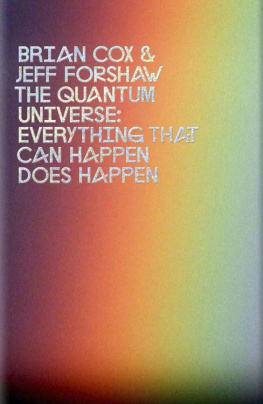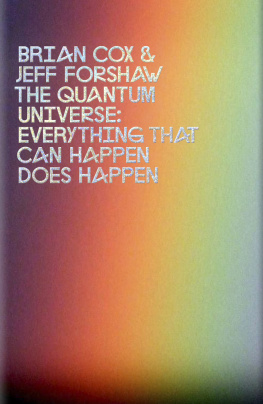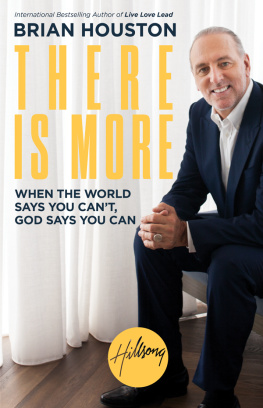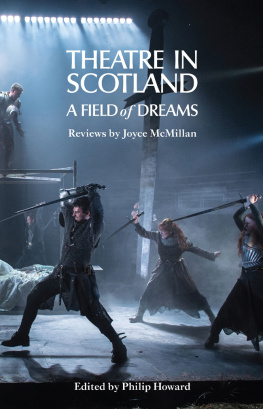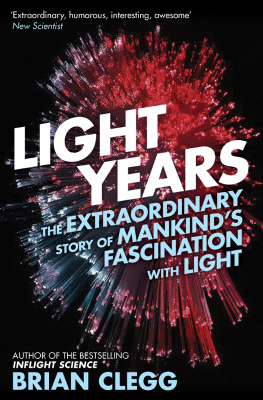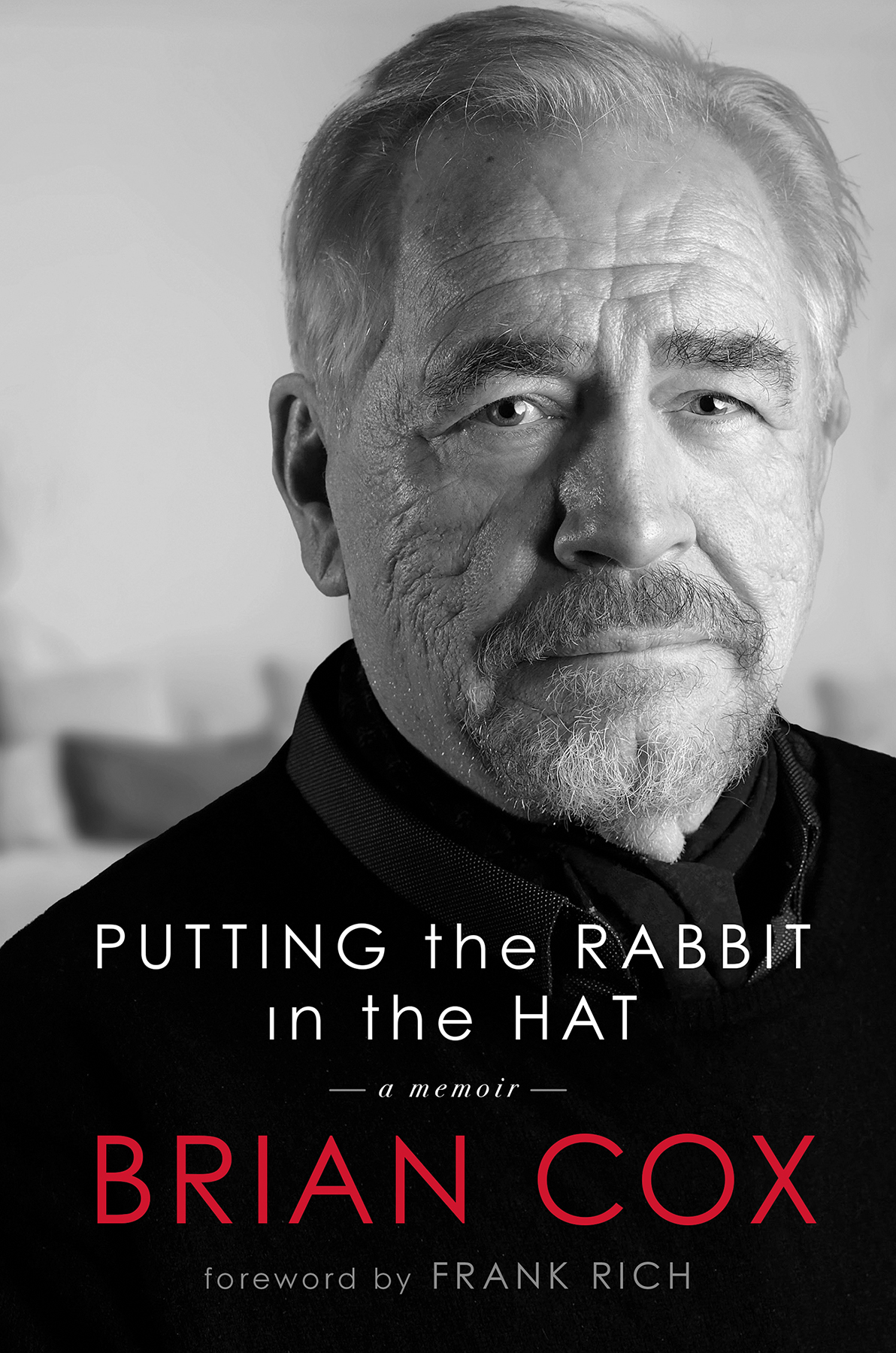
Copyright 2021 by Brian Cox
Foreword copyright 2021 by Frank Rich
Cover design by Elizabeth Connor. Cover photo by David Ho & Sandie Knudsen of Headshots Scotland. Cover copyright 2022 by Hachette Book Group, Inc.
Hachette Book Group supports the right to free expression and the value of copyright. The purpose of copyright is to encourage writers and artists to produce the creative works that enrich our culture.
The scanning, uploading, and distribution of this book without permission is a theft of the authors intellectual property. If you would like permission to use material from the book (other than for review purposes), please contact permissions@hbgusa.com. Thank you for your support of the authors rights.
Grand Central Publishing
Hachette Book Group
1290 Avenue of the Americas, New York, NY 10104
grandcentralpublishing.com
twitter.com/grandcentralpub
Originally published in Great Britain in 2021 by Quercus
First U.S. Edition: January 2022
Grand Central Publishing is a division of Hachette Book Group, Inc. The Grand Central Publishing name and logo is a trademark of Hachette Book Group, Inc.
The publisher is not responsible for websites (or their content) that are not owned by the publisher.
The Hachette Speakers Bureau provides a wide range of authors for speaking events. To find out more, go to www.hachettespeakersbureau.com or call (866) 376-6591.
PHOTO CREDITS: First insert: BBC.
Second insert: Graeme Hunter/Salon Pictures; (bottom) photographs courtesy of Home Box Office, Inc.
Library of Congress Cataloging-in-Publication Data has been applied for.
ISBNs: 978-1-5387-0729-6 (hardcover), 978-1-5387-0731-9 (ebook)
E3-20211112-JV-NF-ORI
To my Ma and Dad, and to the other three great influences in my life: Fulton Mackay, Michael Elliott and Lindsay Anderson. And, of course, to the family Circus Coximus.
The first time I saw Brian Cox on stage was in 1985 when, in a mere three months, he stormed New York in two roles that could have not been more antithetical: first, on Broadway opposite Glenda Jackson, as a dashing doctor in Eugene ONeills five-hour Freudian epic Strange Interlude of 1928, and then at Joseph Papps Public Theater downtown as a savage detective in Northern Ireland in Rat in the Scull, a fierce contemporary drama by Ron Hutchinson. Rarely has an actor so little known in America unfurled his dazzling range in such prominent venues in so compact a time before New Yorks tough audiences. This coup soon led to a rapid expansion of his career from the British stage to theatre, film and television productions all over the world. The pace, quality and fearless variety of his work has never let up since.
I would not meet Brian until more than three decades later, when we gathered at Silvercup Studios in Queens for the table read of the pilot of the HBO dramatic series Succession in November 2016. As I discovered in the long days on set to come, he is both a dedicated artist with a relentless curiosity and boundless work ethic, and the natural leader of a company of actors, most of them considerably younger, whom he cheers on at every turn. Plus he is witty and devilish company; he takes his work seriously but never himself. I cant believe that, as a producer of Succession, I have had the good fortune to be in his presence for nearly five years.
There have been so many dividends and delights in being Brians colleague that I would have to write a book of my own to catalogue them. So I must focus on one day that stands out as a landmark in my lifetime of watching actors at work, whether on stage, on screen, or on set. The Succession gang was aboard a yacht in Croatia in the spring of 2019, preparing for the final shot of the final episode of our second season. Brians character, the tyrannical family patriarch Logan Roy, is seated in his boats gilded salon watching the live cable-news broadcast of a New York press conference in which his once favoured son Kendall, played by Jeremy Strong, accuses him of enabling unspeakable crimes in the family firm.
We shot the scene first thing on a sunny morning. The television screen Brian was watching was blank, since the press conference itself would not be shot until the following week in New York. So Kendalls diatribe was not acted by Jeremy but instead read by a young female production assistant crouched a few feet away from where Brian was seated. I was also a few feet away from Brian. His performance could not have been more different from those Id seen him give on stage. He had no dialogue. His assignment was simply to listen. Not that there was anything simple about the delicate interplay of emotions the camera captured in close-up.
In this memoir, Brian quotes our Succession collaborator, the writer Tony Roche, as telling him, You do stillness like nobody I know One just has to give you stage directions and then film. Tony of course is engaging in artistic license. But not by much. Heres the stage direction for Logan, as written by the shows creator, Jesse Armstrong, on the final page of the script: Slowly across his face there cracks just the hint of, not quite a smile, but a smile-smirk of appreciation. His son is a killer after all. Brian conveyed all that from the very first take. Mesmerized viewers have been analysing it and talking about it ever since.
The story of how Brian attained such mastery is told in full in Putting the Rabbit in the Hat. The tale kicks off with custodial jobs at a theatre in Dundee, Scotland, where he grew up in Dickensian circumstances. The youngest of five, with a beloved father who died when he was eight and a mother who spent the rest of her life battling mental illness, he left school at fifteen. He survived repeated tragedies thereafter, from near-poverty after his fathers death to a devastating fire that incinerated the playhouse of his tutelage. Yet somehow he found his way to London, where he studied acting at the renowned LAMDA. Soon he was revelling in the new social mobility of the 1960s, personified in the theatre by working-class iconoclasts in acting (Albert Finney) and playwriting (John Osborne) who showed him a path to a career.
How Brian ended up collaborating with so eclectic a cast of characters over the ensuing half-century is deliciously told in these pages and illuminated with his spicy cameos of the whole sprawling ensemble. What other actor has intersected with Steven Seagal and Tom Stoppard, Spike Lee and Vanessa Redgrave, Ralph Richardson and Mel Gibson, Nicol Williamson and Woody Allen? Played Hannibal Lecktor as well as Harold Hill in The Music Man and King Lear? Had an instant wedding in Las Vegas, directed The Crucible at the Moscow Art Theatre, served as the rector of the University of Dundee, taken up tango dancing and been felt up by Princess Margaret? Its all here, along with the marriages, love affairs and children, the struggles with afflictions of the mind and body, and his impolitic takes on Margaret Thatcher, Michael Caine, Quentin Tarantino and Lee Strasberg (among others). Also present is an overarching humanity that drives him to find the good in (most of) those whose work or behaviour he finds appalling.
At one point in this riveting, candid and touching memoir Brian writes, with characteristic generosity, of Morgan Freeman, that Freeman was the Morgan Freeman you would hope to meet. Brian Cox is the Brian Cox you would hope to meet, as you are about to discover for yourself.
Frank Rich
August 2021
In 1996, I found myself seated next to the actor Nigel Hawthorne on a plane, and we got talking about our respective work.



